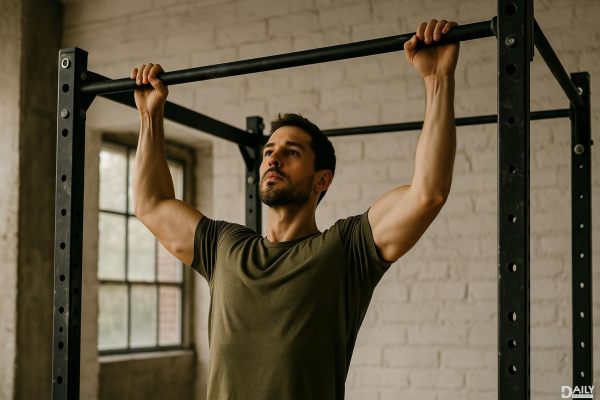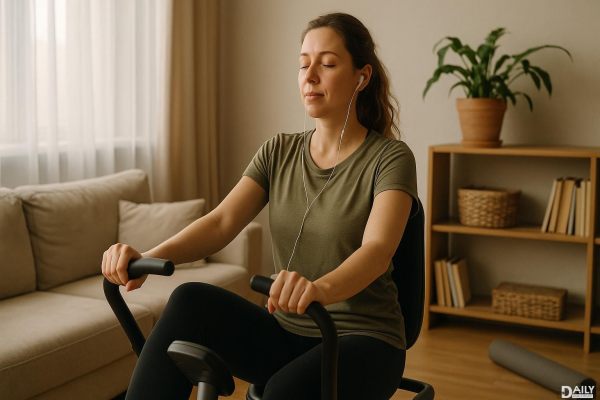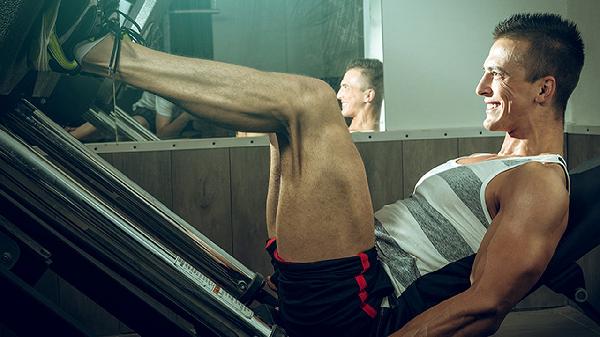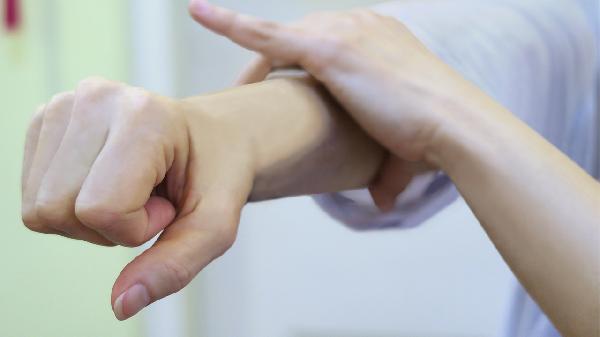Want to crush pull-ups like a pro while fixing that slouch? The perfect pull-up position isn’t just about brute strength—it’s a full-body alignment hack that builds muscle and corrects posture faster than you can say "no more hunchback." Whether you’re a gym newbie or a seasoned lifter, nailing this setup in just 10 minutes will turn those shaky reps into smooth, powerful motions. Let’s break down the science-backed stance that turns pull-ups into a posture-correcting supermove.

Forget yanking yourself up randomly—every inch of your body plays a role. Start by gripping the bar slightly wider than shoulder-width, palms facing away (that’s the overhand grip, folks). Now, here’s the secret sauce: before you even lift, engage your lats by pretending to squeeze a pencil between your shoulder blades. This activates your back muscles instantly, preventing you from relying solely on arm strength. Keep your core tight like you’re bracing for a punch, and point your toes slightly forward to align your spine. Suddenly, the bar feels lighter because your body’s working as one unit instead of a disjointed mess.
Most people wreck their pull-ups by letting their shoulders creep up to their ears—a surefire way to strain your neck and turn the exercise into a shrugfest. Instead, depress those shoulders down your back like you’re sliding them into your back pockets. This creates space for your rotator cuff muscles to stabilize the movement, protecting your joints and making each rep 20% more efficient. Pro tip: If you feel tension in your traps, pause and reset. Proper shoulder positioning should make your upper back burn, not your neck.
Crossing your legs behind you might look cool, but it throws off your center of gravity. For maximum control, keep legs straight and slightly in front of your body (think: a gentle forward lean). This counterbalance forces your core to stay engaged, preventing swinging—the arch-nemesis of strict pull-ups. Bonus? It trains your abs isometrically, so you’re secretly working a six-pack while conquering the bar. If your gym has a mirror, check that your body forms a slight “C” shape from ankles to head—not rigid, but aligned like a drawn bowstring.
Holding your breath during pull-ups spikes blood pressure and zaps energy. Here’s the rhythm: inhale deeply as you lower, letting your ribcage expand to stretch the lats fully. Then exhale forcefully as you pull up, like you’re blowing out birthday candles through the toughest part of the motion. This oxygen surge fuels your muscles while the exhale tightens your core for extra stability. Advanced move: Try the “hiss technique”—exhaling through clenched teeth during the ascent to maintain tension. Sounds weird, but it’s a game-changer for nailing those last few reps.
The millisecond between hanging and pulling is where most form breaks down. Practice “scapular pull-ups” as a warm-up: from a dead hang, pull only your shoulder blades down and together without bending your elbows. It looks like a mini shrug in reverse. Do 3 sets of 8 before your real sets to prime your back muscles. This teaches your body to initiate the movement with proper mechanics, not a jerky arm pull. You’ll notice smoother transitions and less elbow strain within a week.
Master these tweaks, and you’ll not only skyrocket your pull-up count but stand taller in daily life. That’s the magic of the perfect pull-up position—it’s a stealth posture coach disguised as a strength move. Now go own that bar.
























